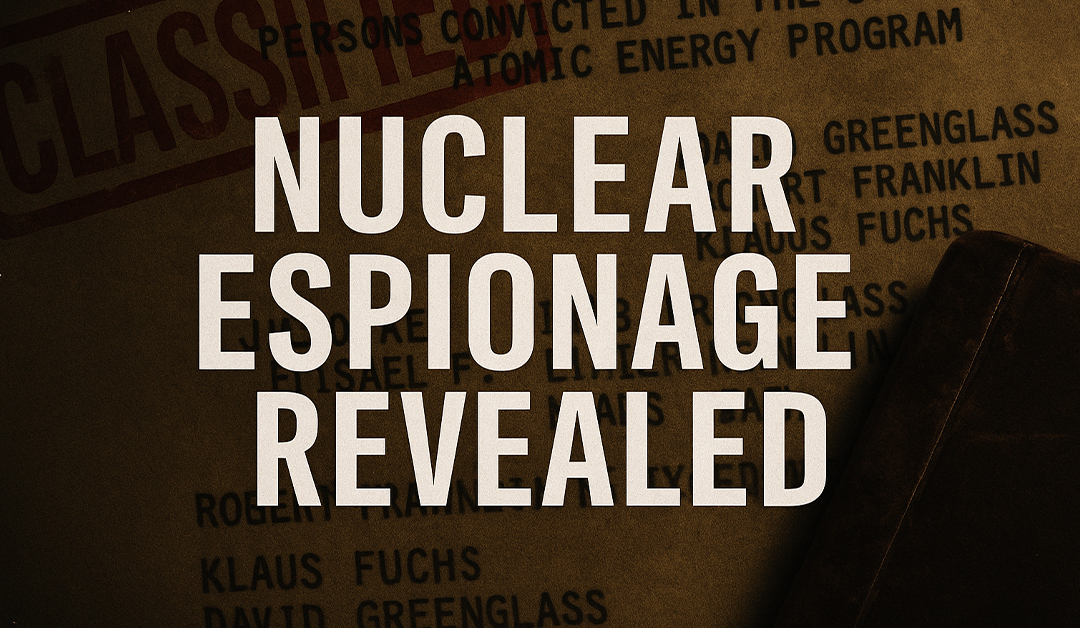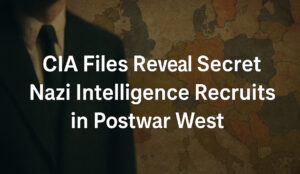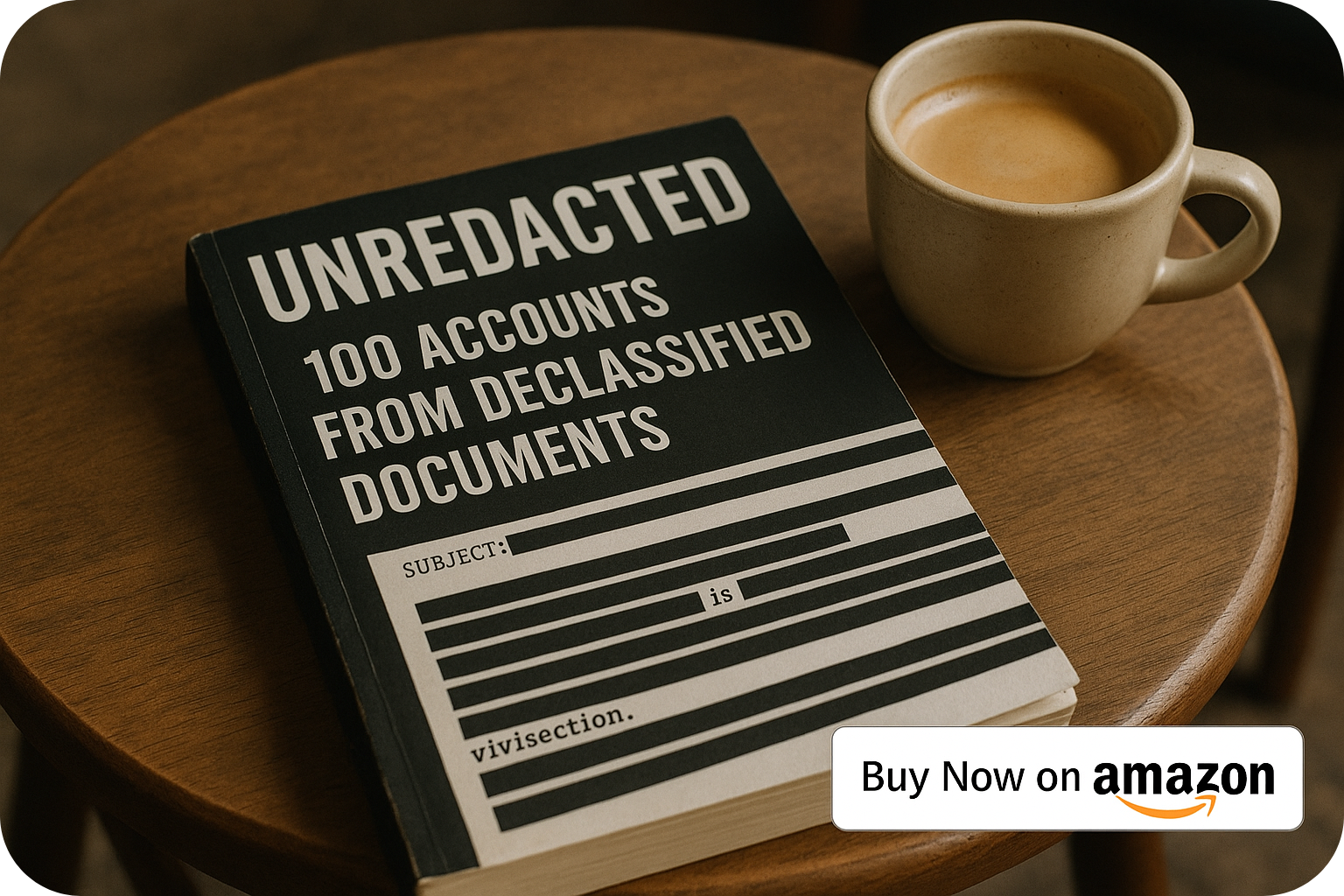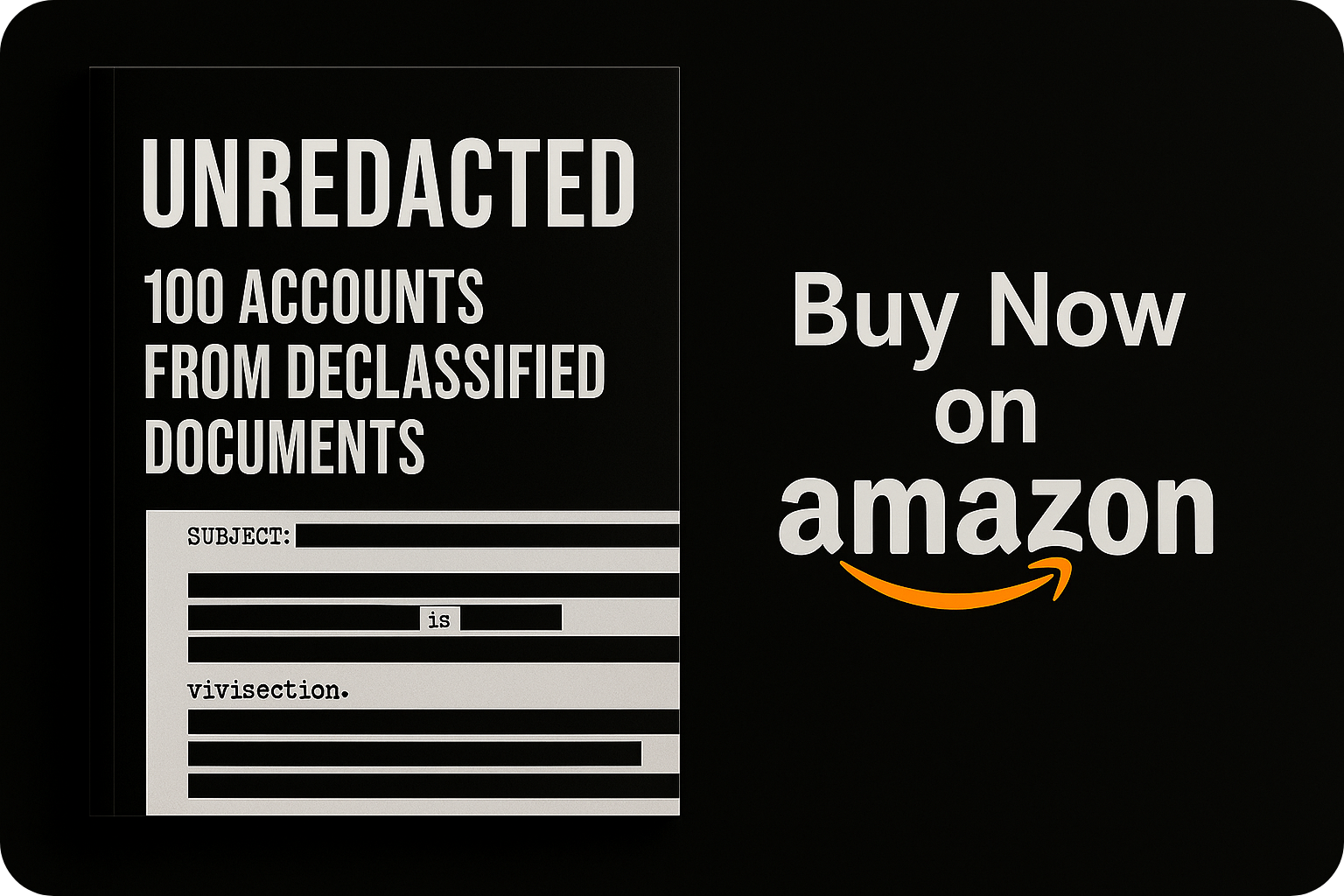A stark list buried in a declassified government record details a series of convictions for espionage-specifically targeting the U.S. atomic energy program.
Each name marks a breach of trust and a moment when national security collided with personal motive, ideology, or greed.
These are not theoretical breaches.
They are names and cases-spelled out, line by line, of people convicted in U.S. courts for passing nuclear secrets to foreign powers.
The record reads less like history and more like a quiet warning.
🔒 Names That Changed the Game
Among those listed are infamous figures whose actions altered Cold War strategy:
-
Julius and Ethel Rosenberg, executed in 1953 for passing atomic secrets to the Soviet Union
-
Klaus Fuchs, a German-born physicist who admitted to sharing critical bomb design information while working at Los Alamos
-
David Greenglass, a machinist who provided internal Manhattan Project drawings to Soviet handlers
Each conviction marked a moment when the line between ally, asset, and adversary blurred.
🧪 Inside the Atomic Program
The spies didn’t operate from the outside. They were often embedded inside:
-
National laboratories
-
Military engineering divisions
-
Technical documentation hubs
-
Intelligence or liaison positions with foreign access
Some were born into scientific families.
Others were recruited for ideology.
A few were driven purely by money.
What they passed on included:
-
Design blueprints for implosion-based bombs
-
Critical data on plutonium separation and uranium enrichment
-
Timing devices, detonator tech, and delivery systems
In Cold War terms, this wasn’t just theft. It was weapons parity delivered by betrayal.
🔍 Convictions Under Federal Law
Each name on the list corresponds to convictions under:
-
The Atomic Energy Act
-
Espionage statutes including 18 U.S.C. § 794
-
Other national security and secrecy laws
These cases were not all public at the time. Several remained sealed or partially redacted until decades later.
The cumulative effect of these betrayals?
-
A drastically shortened Soviet nuclear timeline
-
A breakdown in early U.S. scientific openness
-
An expansion of personnel clearance protocols and compartmentalization still in effect today
The internal threat became as feared as the foreign one.
🕳️ Echoes That Still Resonate
The convictions listed in this government summary show a legacy that hasn’t ended. Each case triggered reforms in counterintelligence, lab security, and internal vetting.
Modern nuclear programs-civilian and military-still operate in the shadow of these Cold War breaches.






